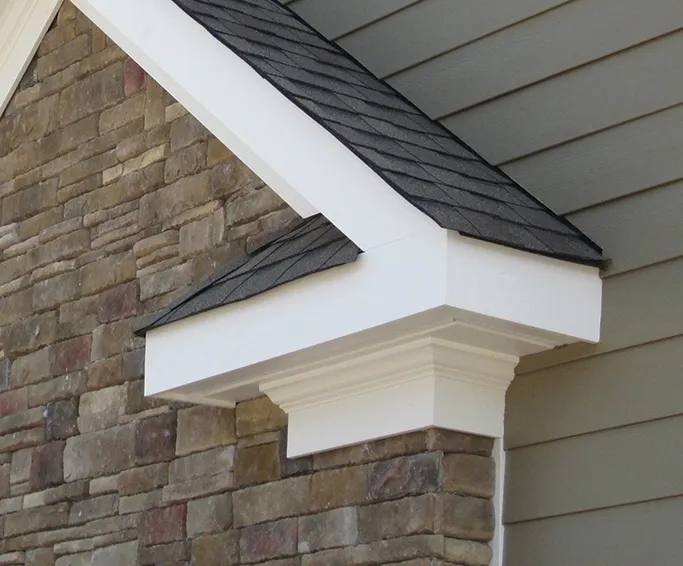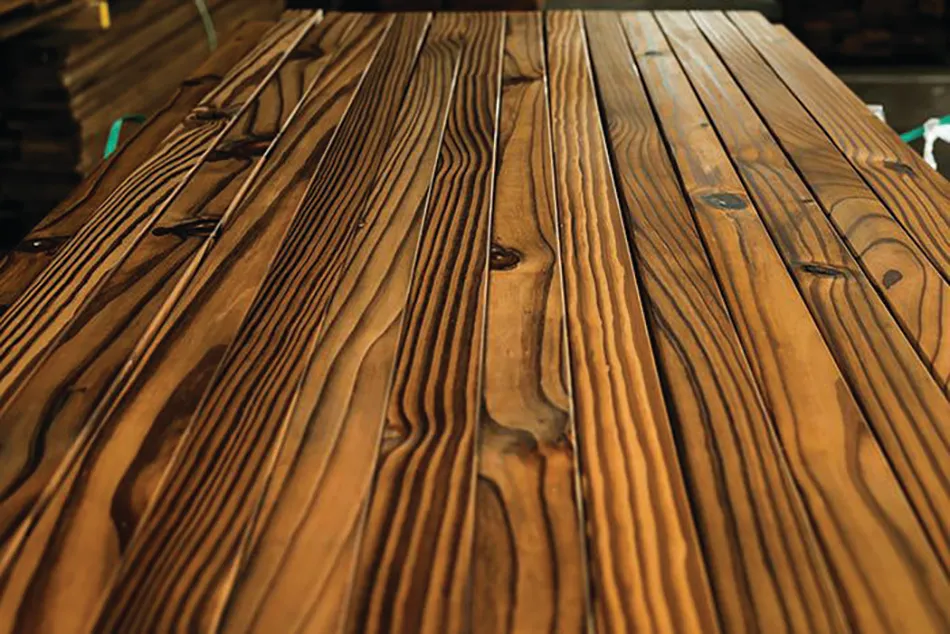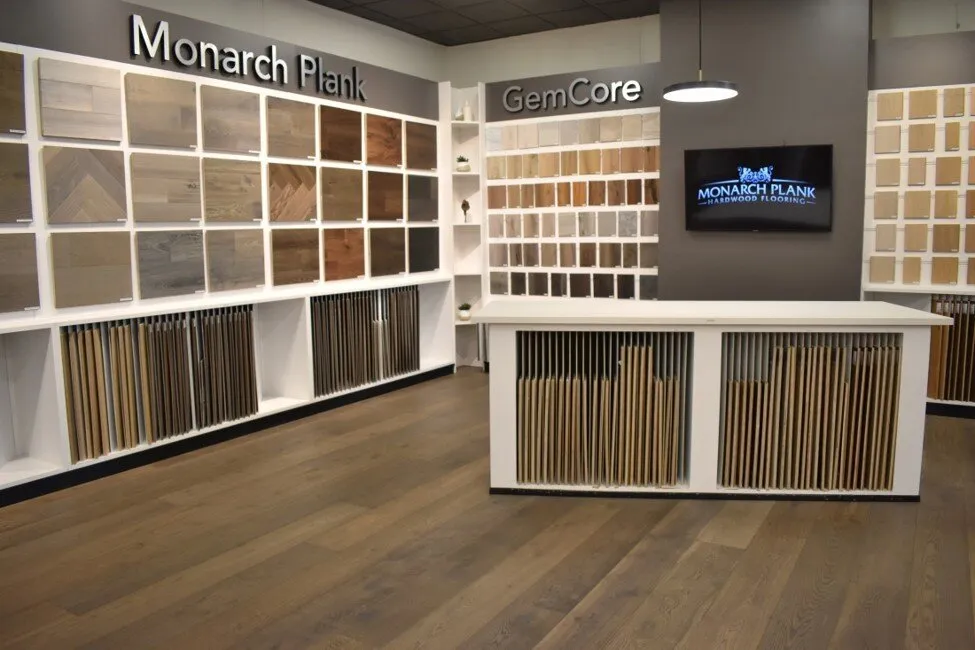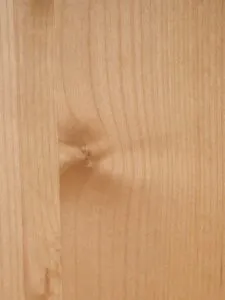Table of Contents
A home is a compilation of hundreds of decisions and thousands of products. So when it comes to the exterior, focusing your sales approaches on the whole cohesive package—and showing builders, remodelers, and their homeowners what those packages look like—may improve your opportunities to increase upgrades, boost efficiencies, and further satisfy customers.
Here are a few factors to consider:
Instill buyer confidence: When the exterior is sold as a package, buyers can see what they’re getting as a whole and how it works together, rather than a sum of individual parts. Builders can send buyers to your store to view available products in combination, which is less overwhelming than choosing siding, then trim, then windows. They can get a vision for what the finished product will look like on their home and likely feel better about their decision. This in turn may help reduce change orders down the road that can create hassles for both you and the contractor.
Keep business in-house: Consulting with your manufacturer partners about what you sell versus what more they can provide may help fill gaps in your product offering. For example, stone has historically been a material most dealers do not offer, but stone siding products that install like traditional panel siding offer the opportunity to keep that stone business in house. And by incorporating those products into a systems approach to selling, you can sell the builder on trying that new siding to ensure a cohesive look and to meet buyer demand for multi-textured facades.
Better-looking exteriors: Considering the full façade and thinking of the whole palette collectively may help builders create more varied, engaging streetscapes and avoid cookie-cutter looks. It also allows for visualization and experimentation with on-trend colors, texture blending, and materials using stocked products.
More upgrades: Similarly, if buyers can see the possibilities of how different products blend on their home, it’s likely they might fall in love with the look—and the upgrades used to make that look—even if it means upping their budget.
Single source: Though portfolios can be created across manufacturers, selling multiple lines from a single manufacturer or brand can add economies of scale because you’re working with the same rep, the same contacts for the PO, and a familiar process.
This also means it’s easier to expand to additional product lines, with less paperwork or hoops to jump through at the beginning. In addition, contractors may be more willing to try something new if it’s from a company they already know, use, and trust.
Promoting Packages
The easiest way to focus selling on the whole façade instead of one-off product selection is to create packages that are easy to choose from and customize.
Here are a few ways to do that:
Develop product palettes: Collaborate with your manufacturers to create product portfolios of coordinated product lines and colors that can be sold as is, with stock modifications, or with upgrades.
Coordinate this process between different manufacturers, such as your siding/trim supplier and your window vendor, to ensure cohesive looks and material compatibility.
Inspire customers: Showcase those palettes and portfolios in a way that reveals how end products will look on the home, whether via simple binders with images, glossy lookbooks, wall vignettes, or inspiration boards.
This makes it easy for them to choose an overall look they want instead of trying to visualize and piece together individual parts.
Leverage software: Several manufacturers also offer visualization tools that automate the process—homeowners select the siding, trim, shutters, and stone, and then the computer shows them how the combinations will look on their homes. Once a group of products is chosen, the dealer often can get a material list for easy ordering.
With so many moving parts, it is so easy for the product selection process to become stressful for customers, professional and consumer alike. Considering the exterior collectively, rather than a sum of parts, can ease the process while offering direct benefits to your bottom line.









